Today, Disney made the Lighthouse Point Environmental Impact Assessment (EIA) public after spending three years working hand in hand with a team of highly qualified and experienced scientists and other professionals to complete a comprehensive EIA. According the the press release issued by Disney, the report concludes that the development and operation of a proposed Disney Cruise Line destination at Lighthouse Point isn’t expected to result in loss of terrestrial or marine biodiversity. The EIA is based on extensive fieldwork, robust data collection and analysis, engagement with key stakeholders and a review of available literature.
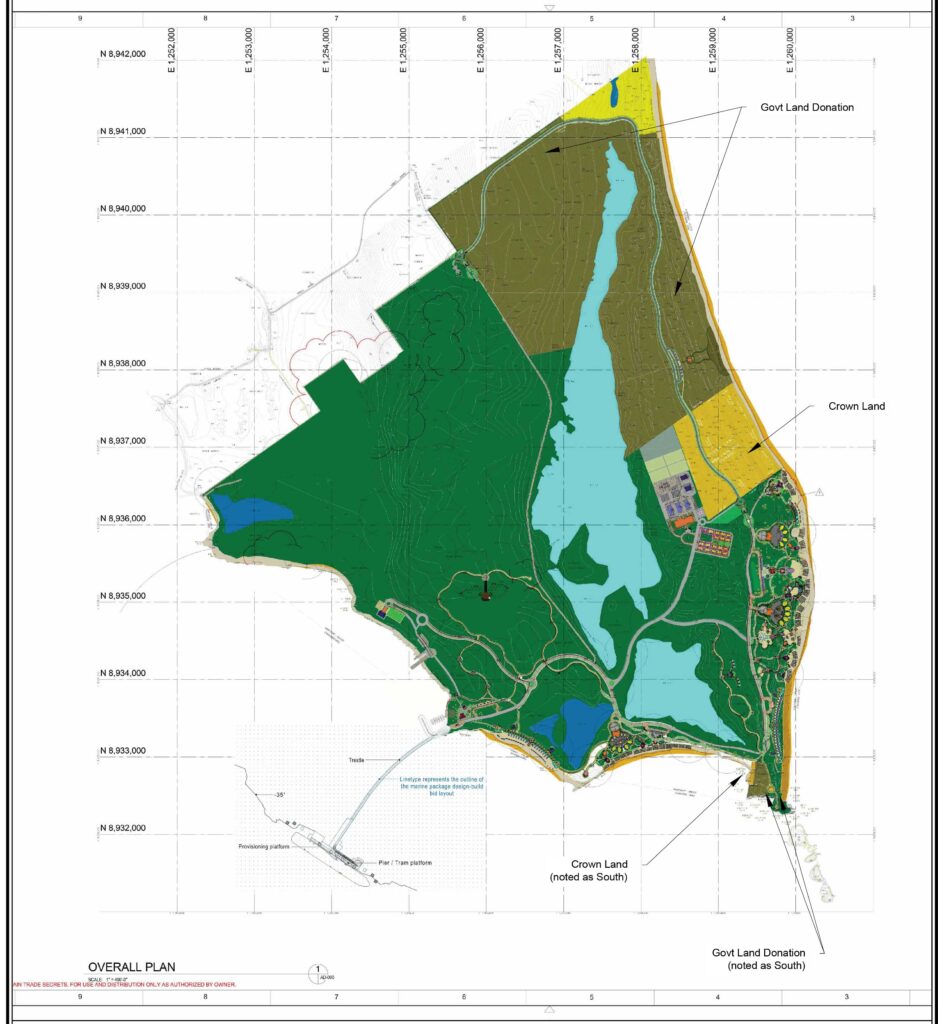
“We have spent an unprecedented three years developing one of the most comprehensive EIAs ever produced for a project in The Bahamas. Along the way, we have engaged with hundreds of stakeholders and experts throughout The Bahamas, whose thoughtful feedback has enabled us to continue to evolve our plans,” said Dr. Mark Penning, Disney vice president of animals, science and the environment. “As we have said from the beginning, we will only move forward with a project at Lighthouse Point if we are able to do so in a way that aligns with our company’s deep and longstanding commitment to the environment. The EIA has confirmed this will be possible with the appropriate environmental management plan in place.”

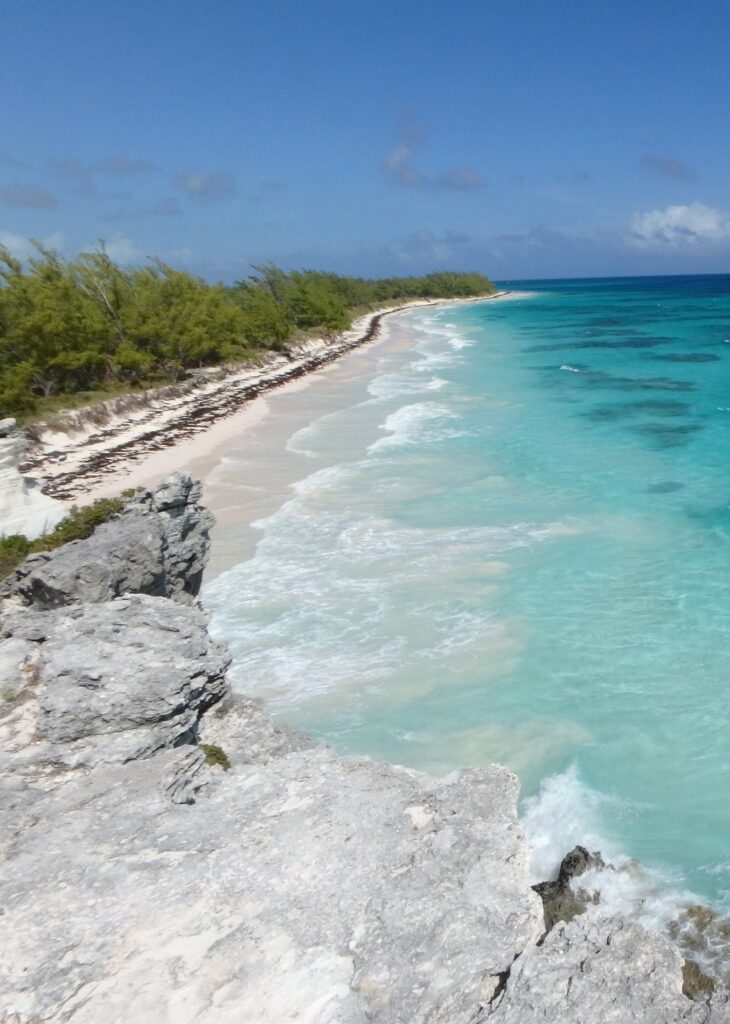

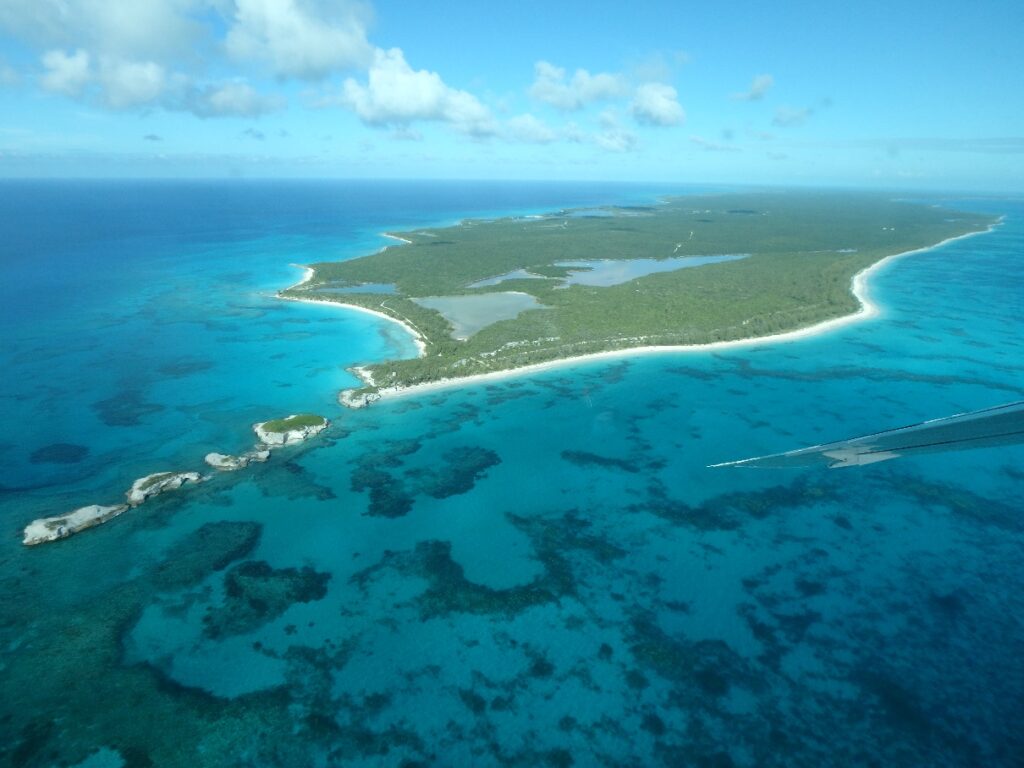
The project will be located in South Eleuthera at Lighthouse Point. Disney purchased 758 acres of the 919-acre site in 2019. Plans include developing less than 20% of the property, much of it for low-density uses like open-air structures, patios and walkways. The construction of an innovative, open-trestle pier that extends into deep water will prevent the dredging of a ship channel, with the pier’s location based on a scientific assessment of the ocean floor to avoid coral reefs. Disney is donating a quarter of the land to the people and Government of The Bahamas.
The previous developer’s proposal for Lighthouse Point, which was privately owned for decades before Disney’s purchase, included plans for hundreds of homes, condominiums, villas, a hotel and a 140-slip marina constructed through the salt ponds.
Vegetation
Botanical surveys conducted in all seasons found that the site is home to 11 vegetation types, with nearly 200 vascular plant species observed during the field investigations. The survey determined that almost 50 percent of the property is dominated by dry broadleaf evergreen forest, most of which will remain fully intact. Two invasive plant species were observed and will be removed from areas near development as long as access and removal will not adversely impact the immediate surrounding environment. Four protected tree species were also identified. Tree surveys will be conducted in advance of any development activities to identify and avoid impacts.



Avian Findings
Avian surveys performed between November 2017 and November 2020 observed 100 bird species including permanent, migrant and winter resident species. The impact to avian species is expected to be minimal given the low-density development and minimal disturbance to dry broadleaf evergreen forest. Moreover, the salt ponds on site, which host wading birds, will not be developed.
A Wildlife Management Plan will include bird monitoring of the shoreline and inland before, during and after construction. If notable bird species are observed during pre-clearance surveys – such as piping plovers, great lizard cuckoos or Kirtland’s warblers, which have been spotted at Lighthouse Point – management protocols will be used to protect and maintain their populations. If nesting birds are found in any vegetation being cleared, the area will be left undisturbed until there are no nest-dependent birds remaining.
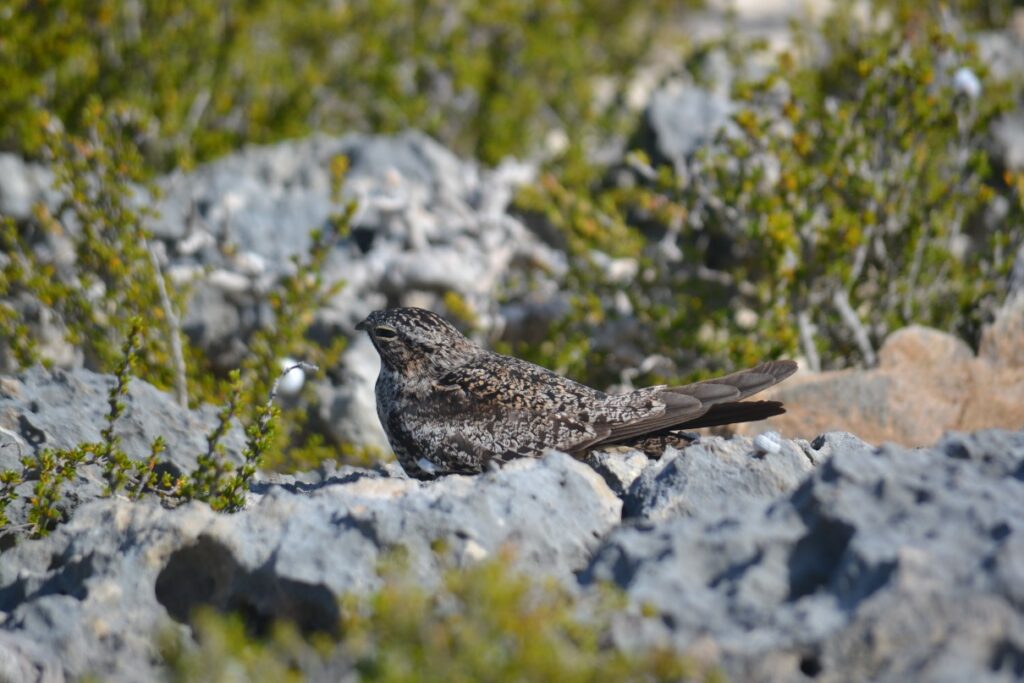
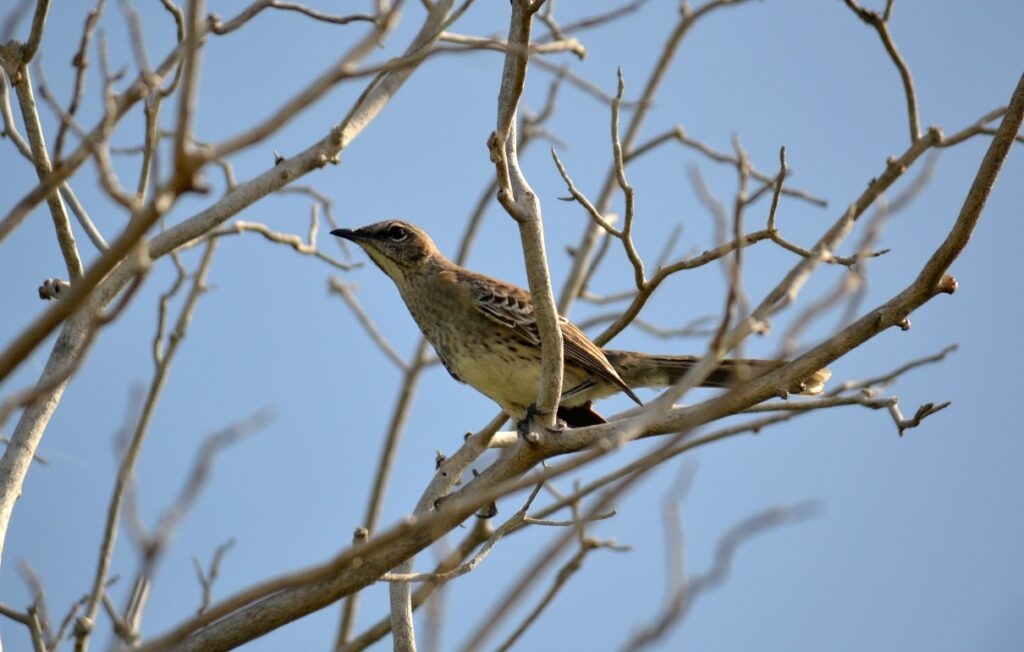
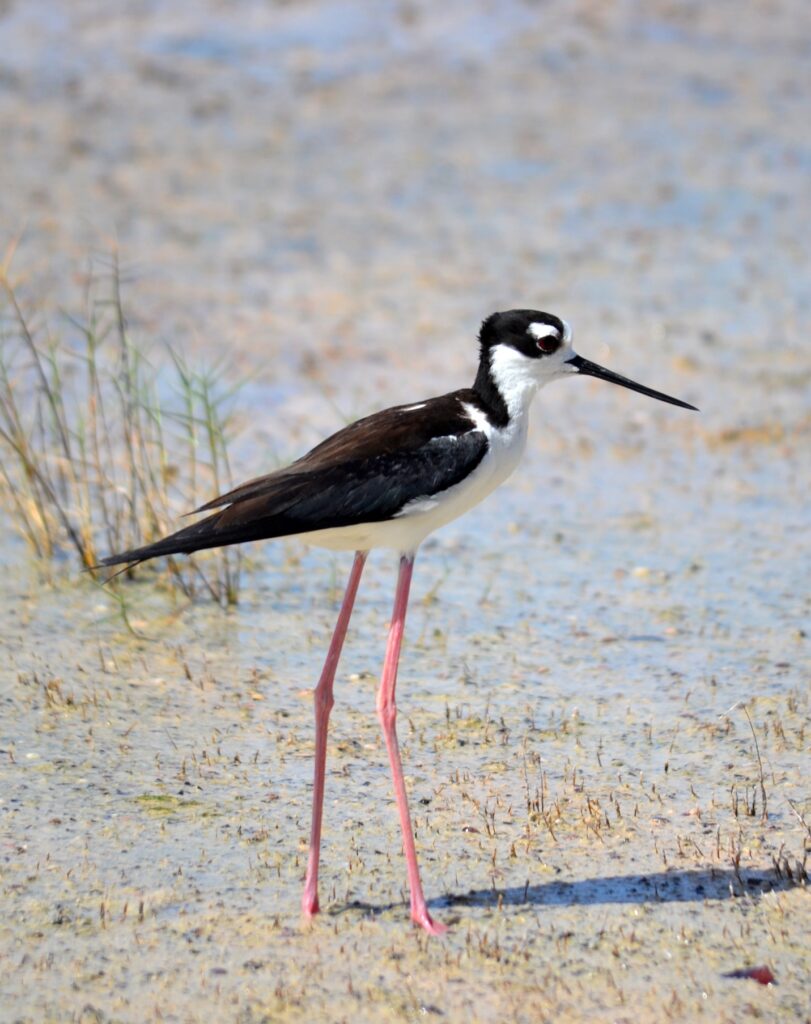
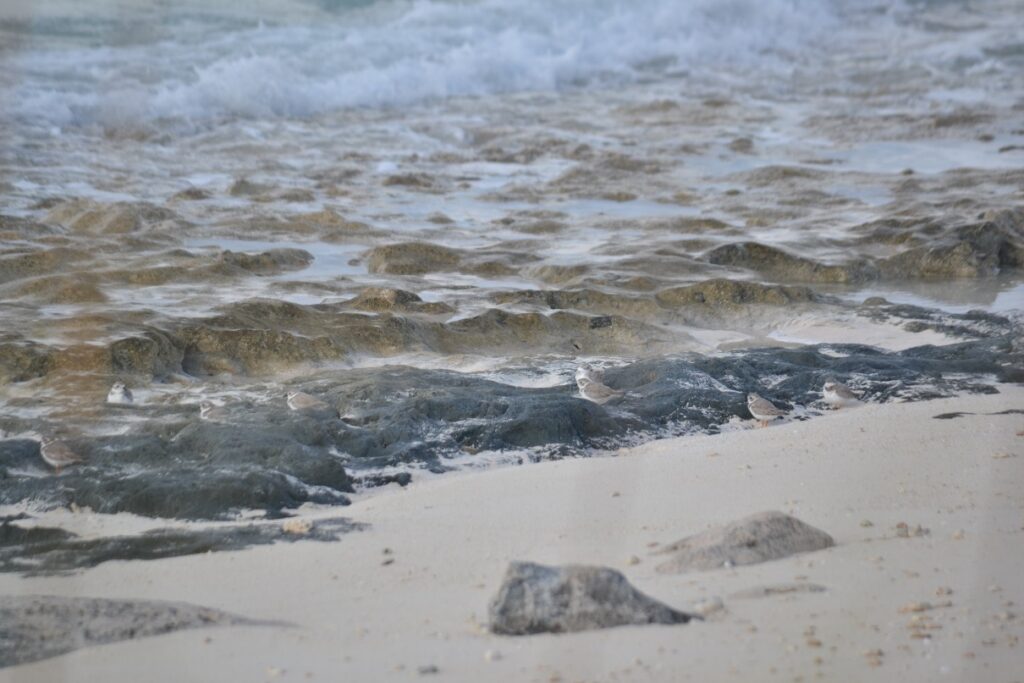

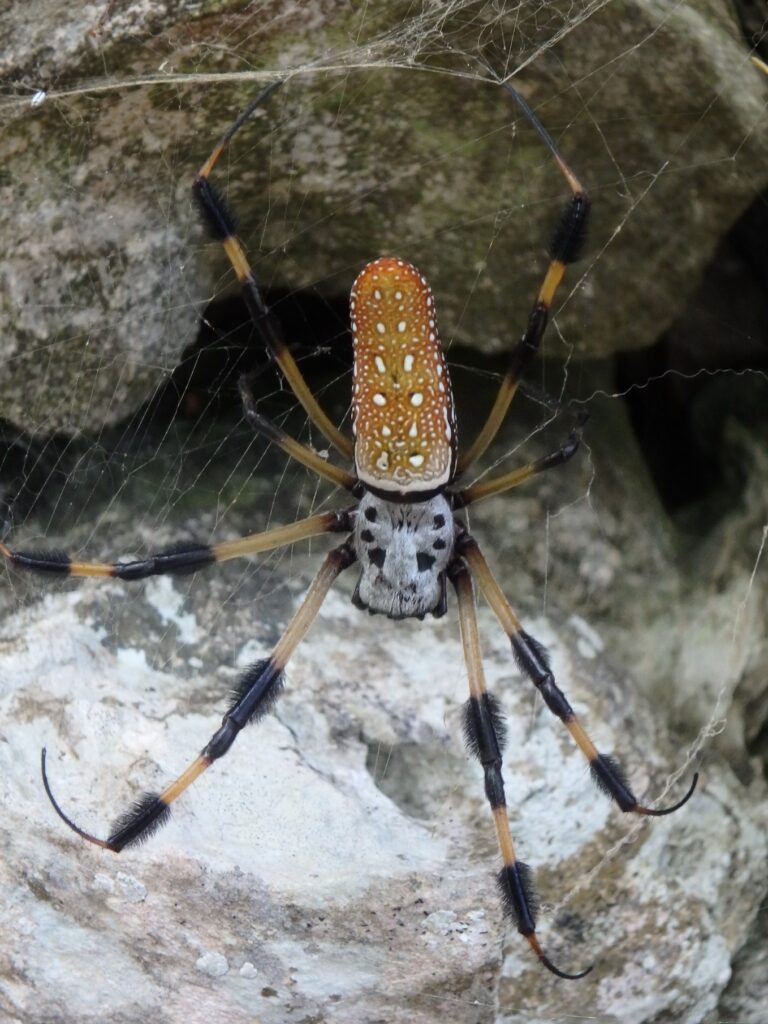
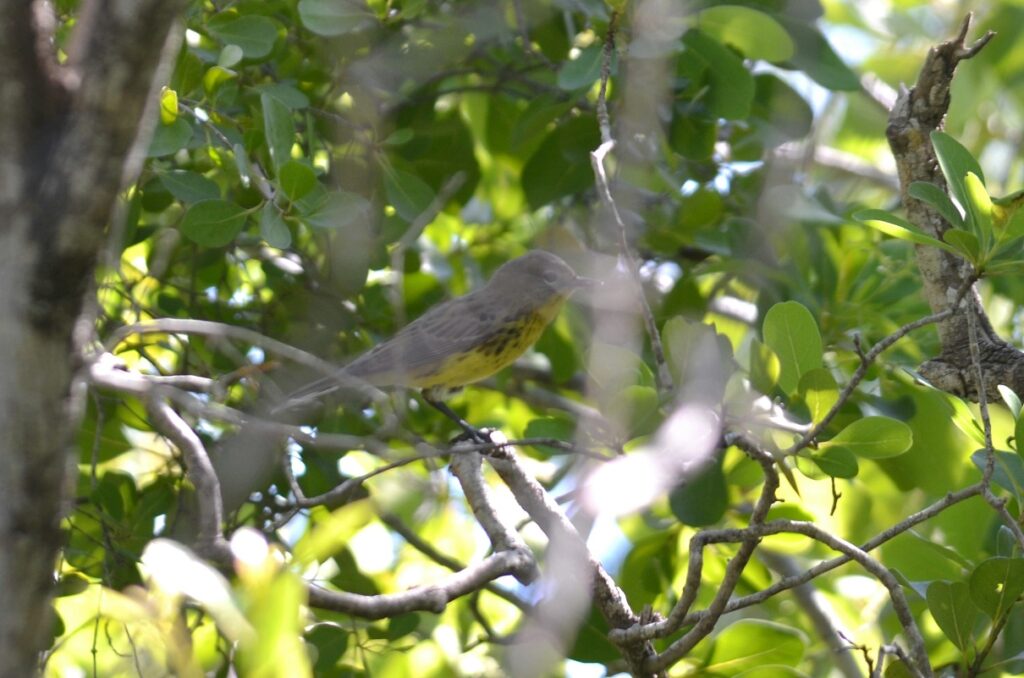
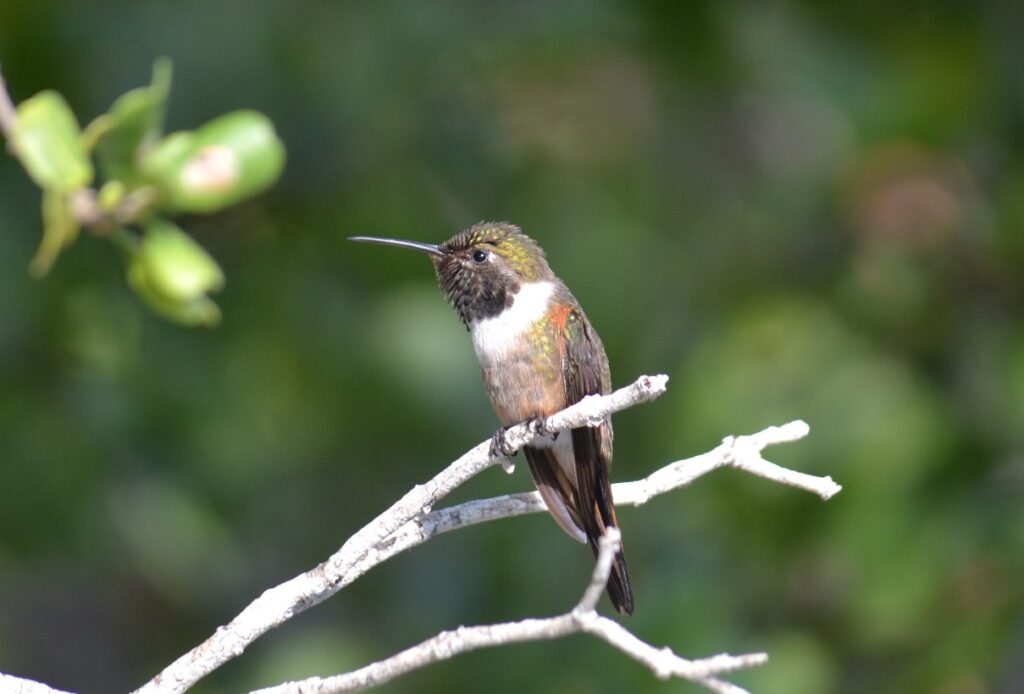

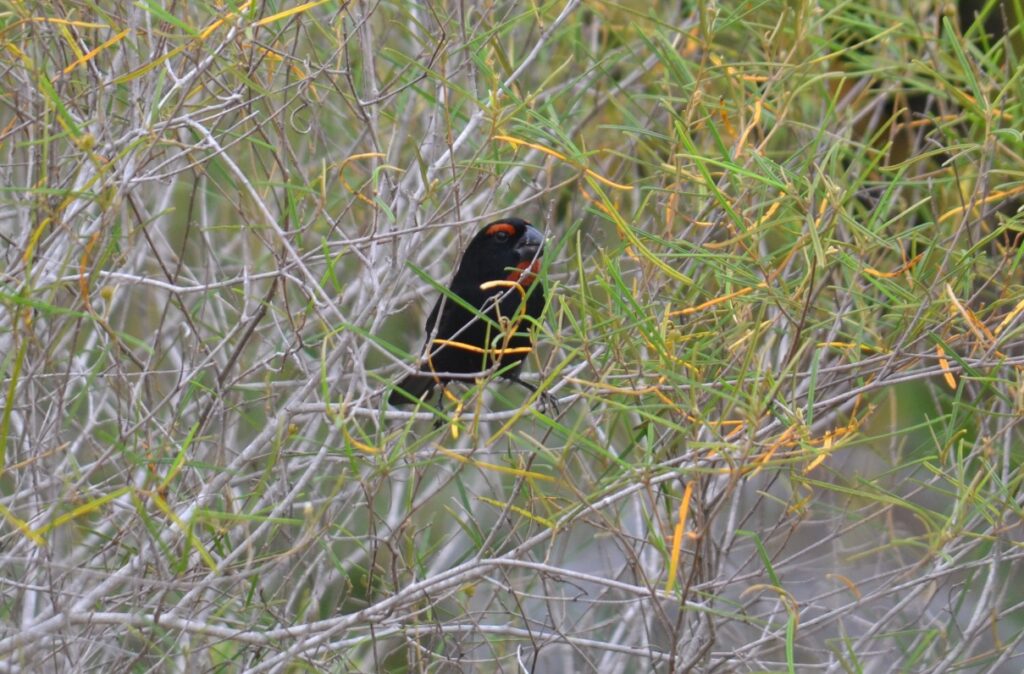
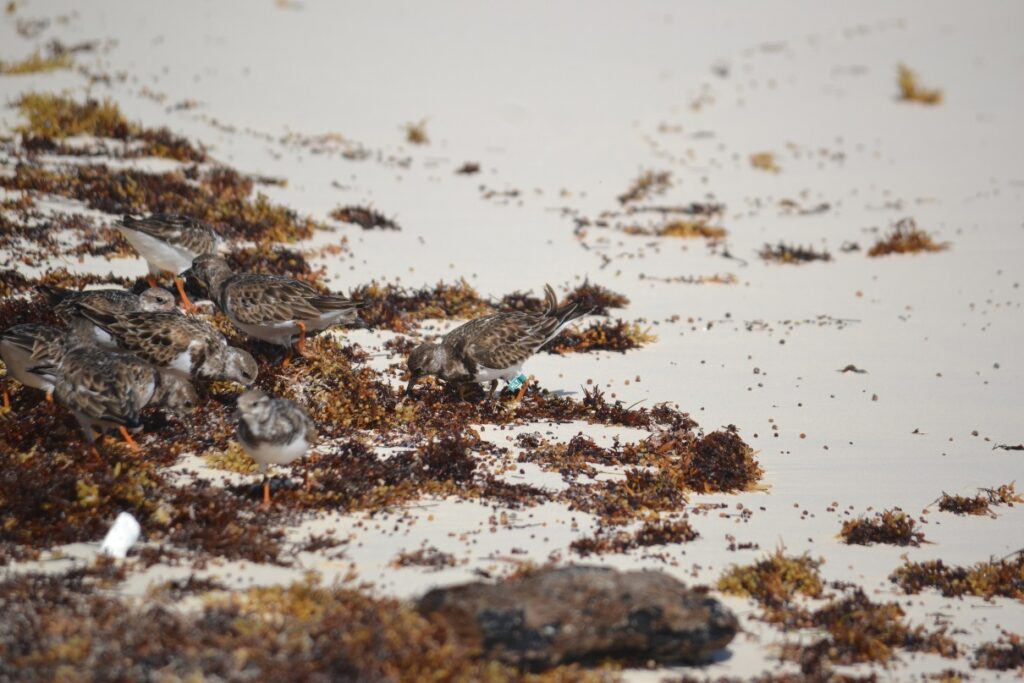

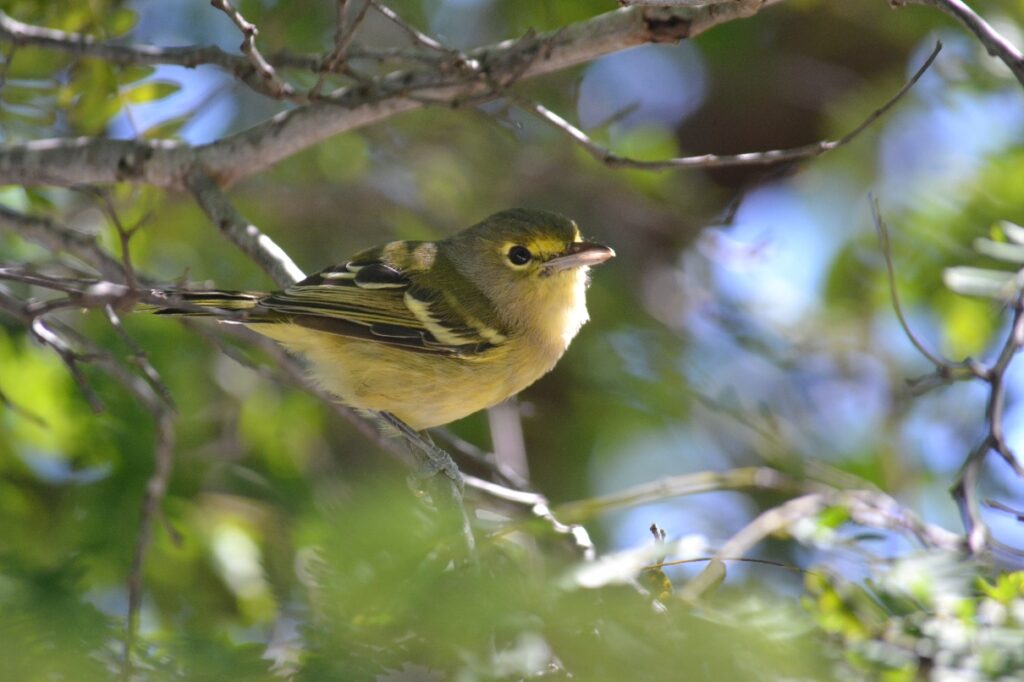
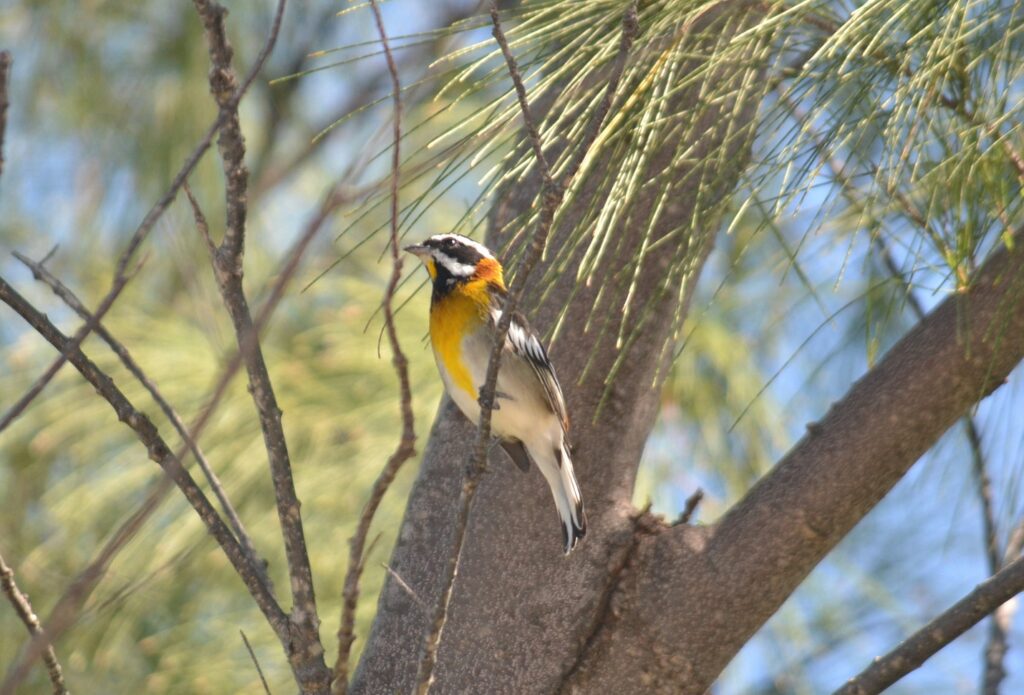
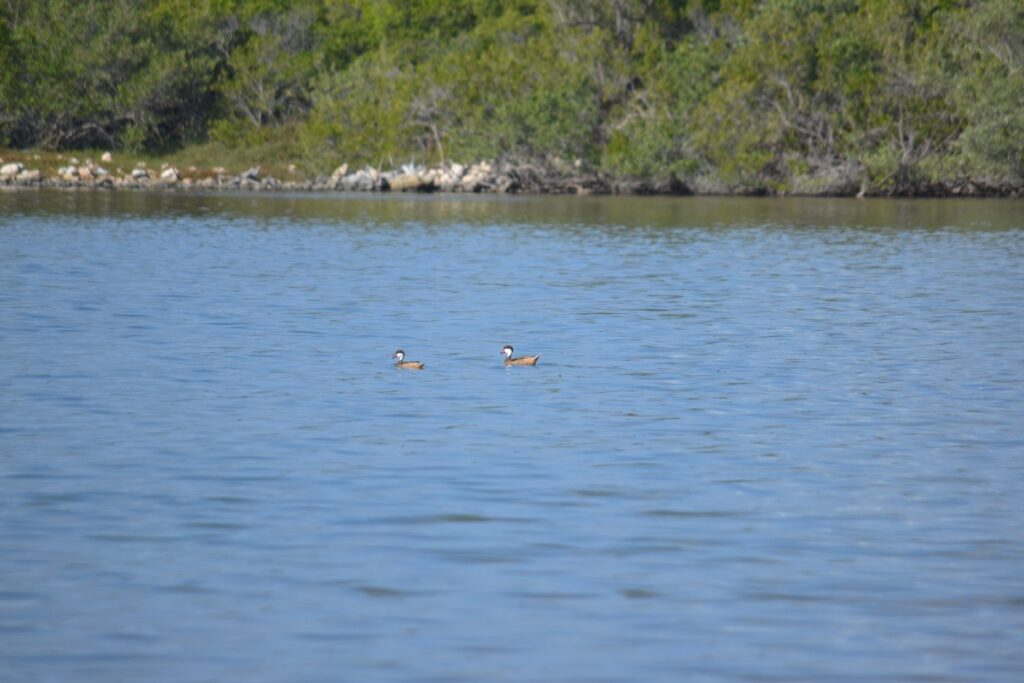
Other Fauna
In addition to birds, the most encountered land animals were giant land crabs, black-back land crabs and hermit crabs. Reptiles encountered included Bahamas brown racers, curly-tailed lizards and blue-tailed whiptails. Insects encountered included several species of butterflies and moths.



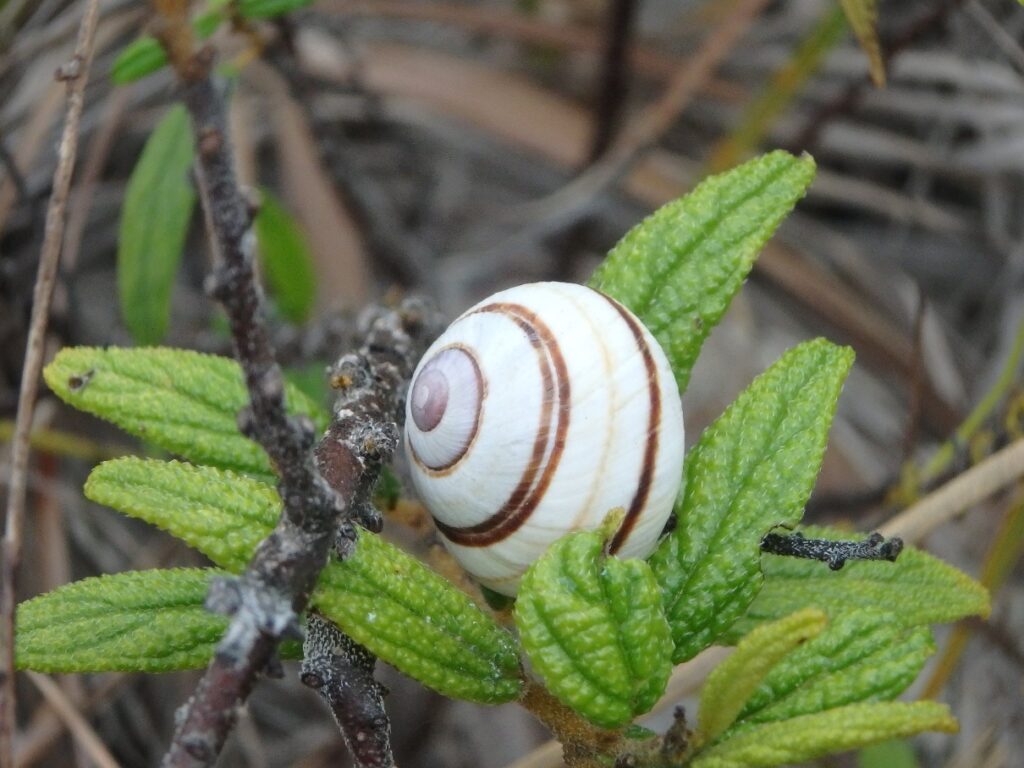
Marine Life
According to survey results using the globally recognized Atlantic and Gulf Rapid Reef Assessment (AGRRA) tool, coral reefs do not appear within the footprint of the open-trestle pier or marina. Disney Cruise Line intentionally designed the pier to avoid dredging and instead plans to construct an open-trestle pier, significantly reducing the impact to the marine environment. The pier, berth and marina will be constructed as pile-supported structures with limited direct impacts to the ocean floor. Cruise ships will access the site from deep water offshore.
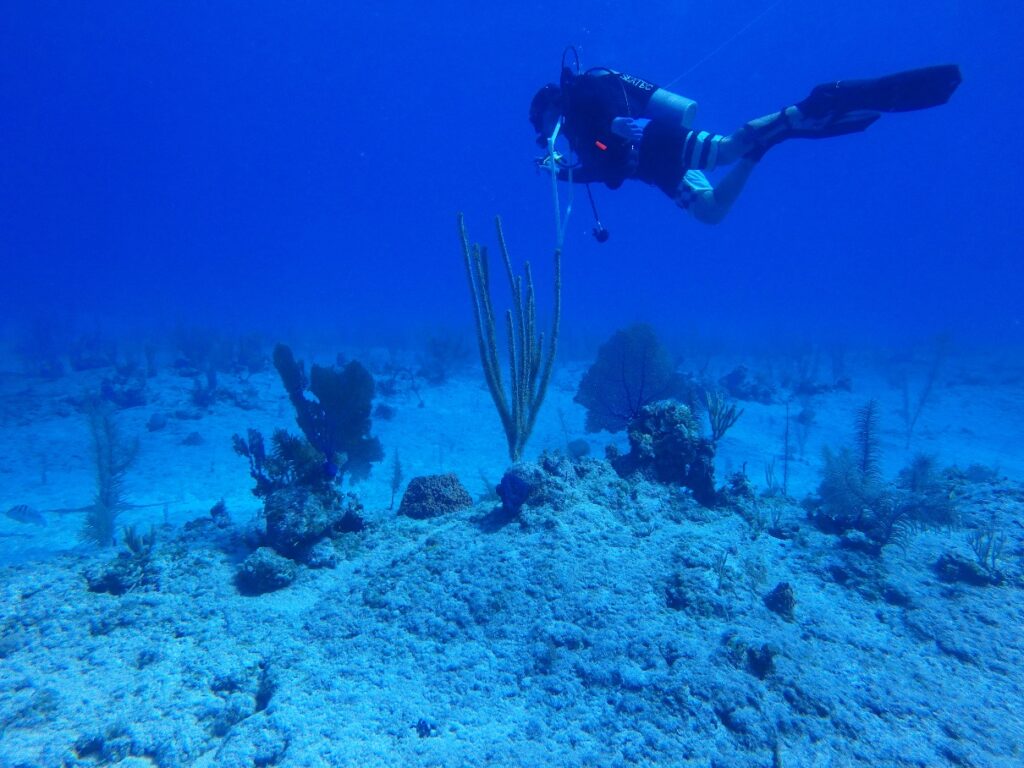
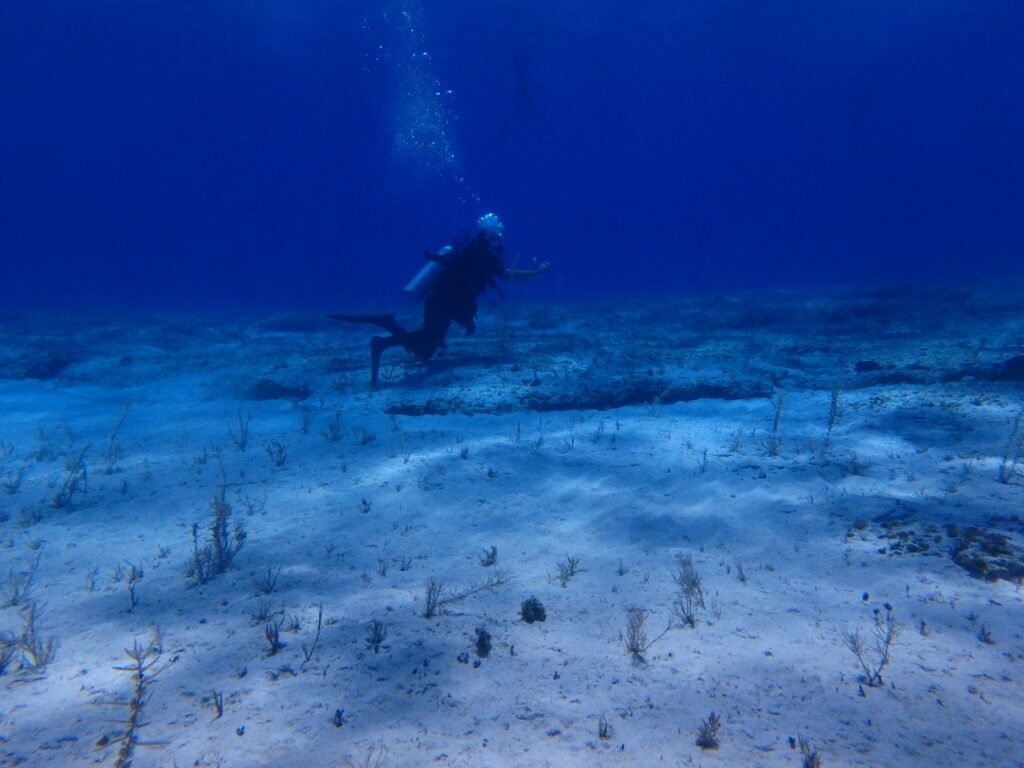

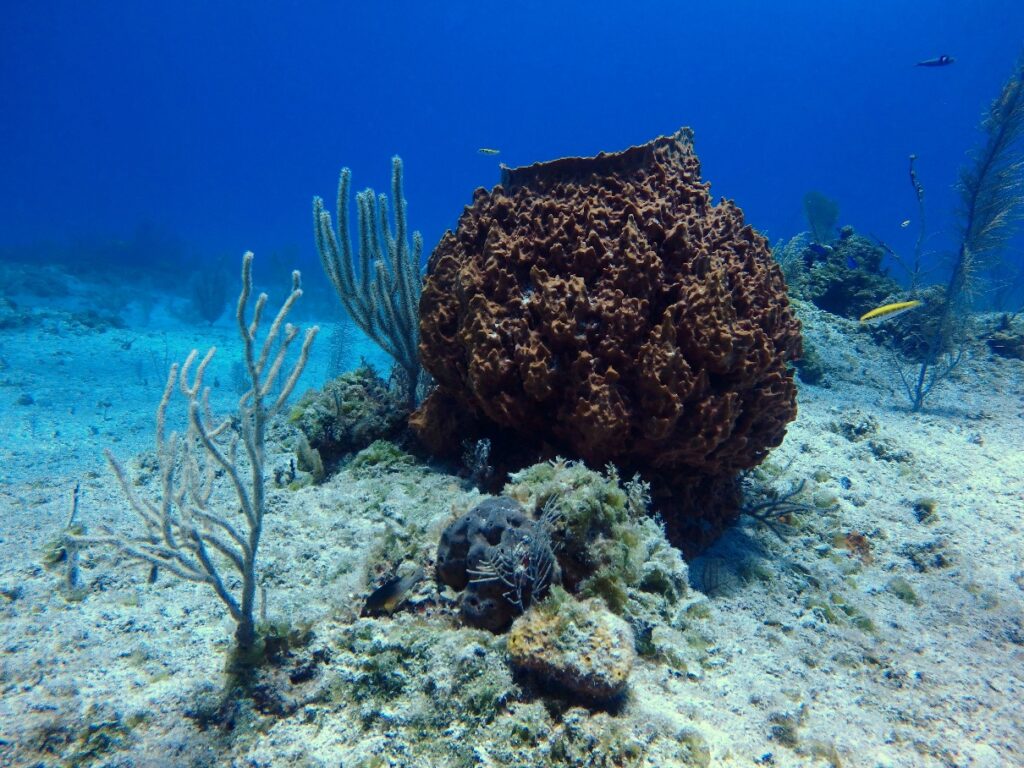
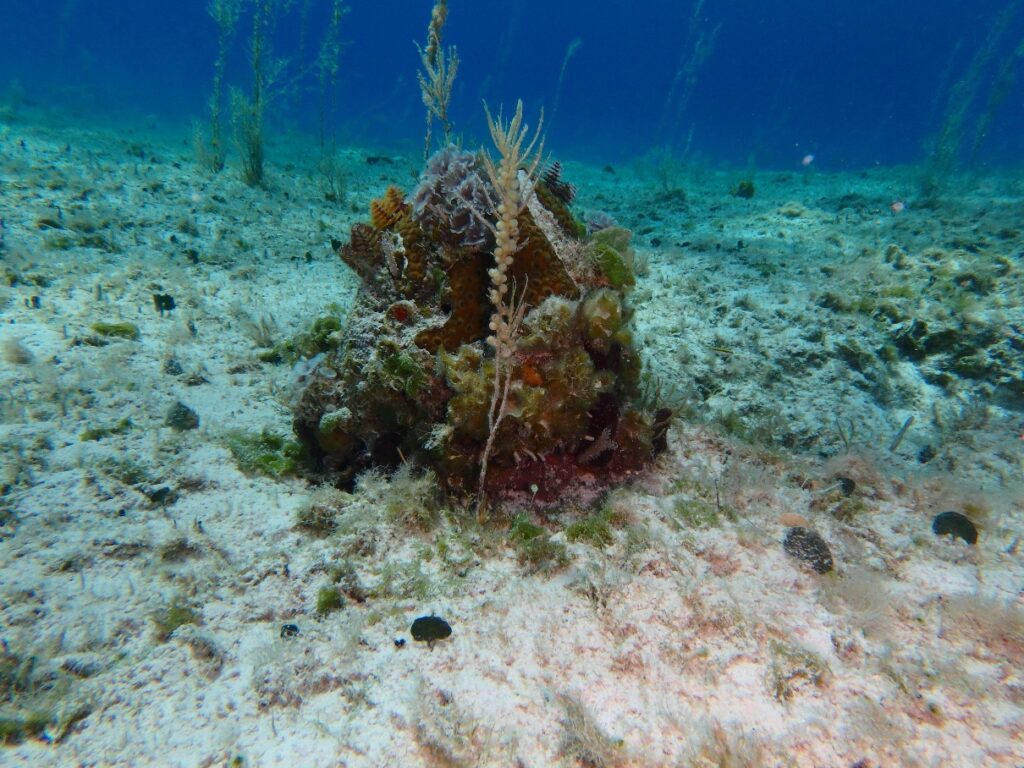
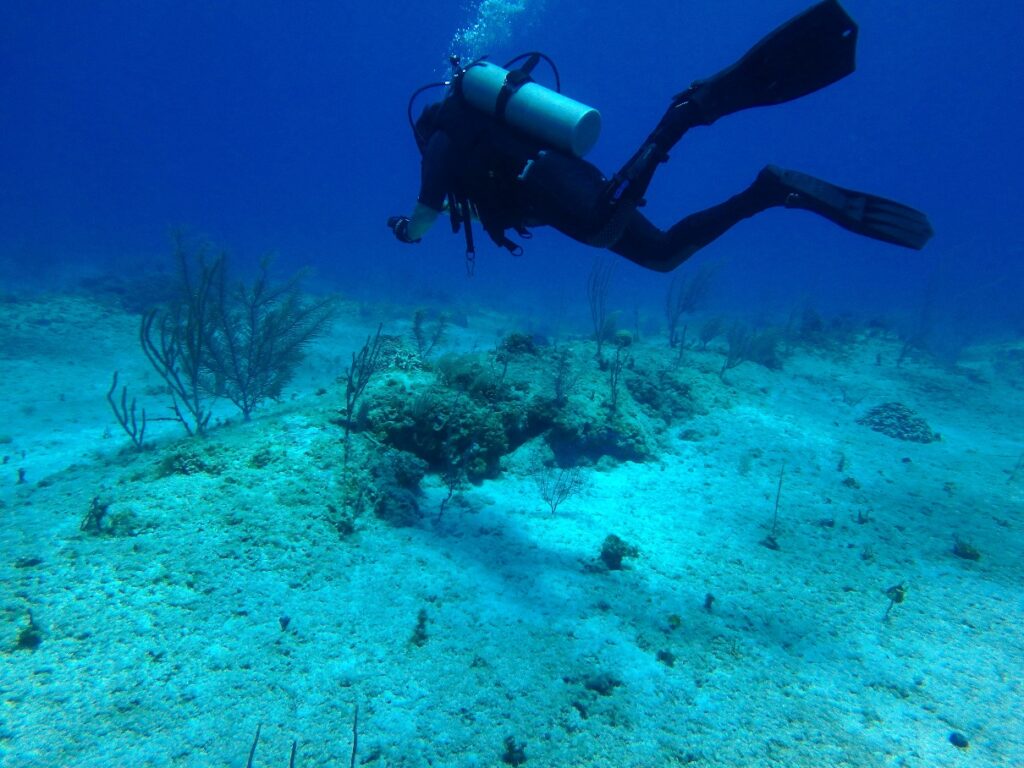
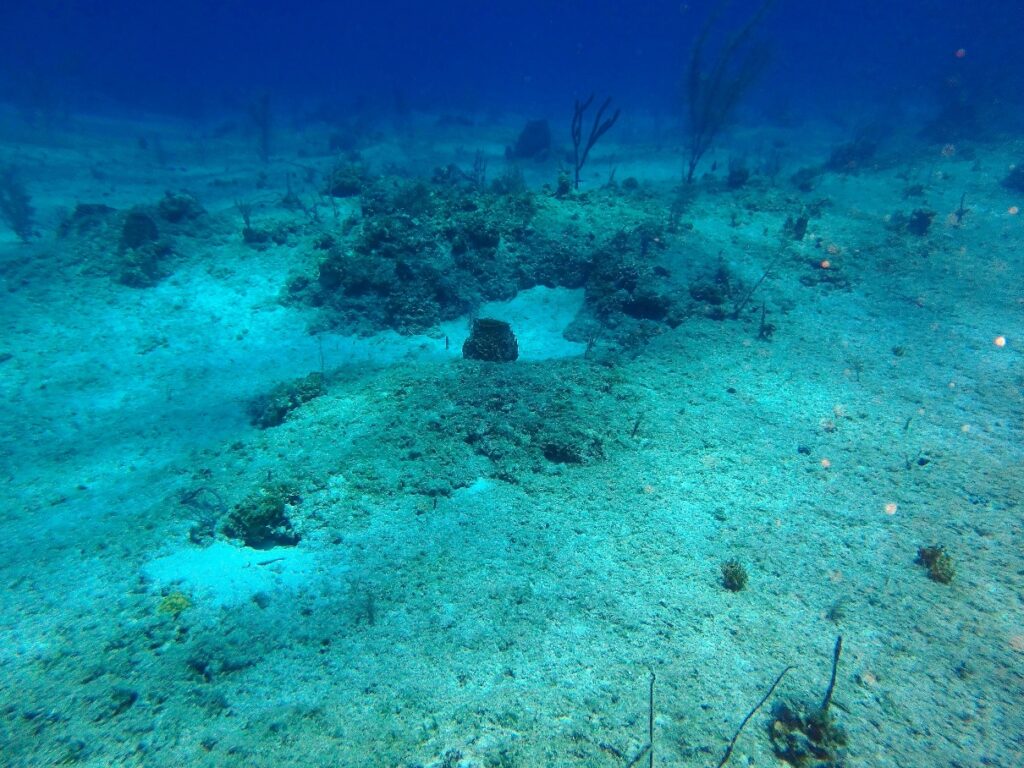

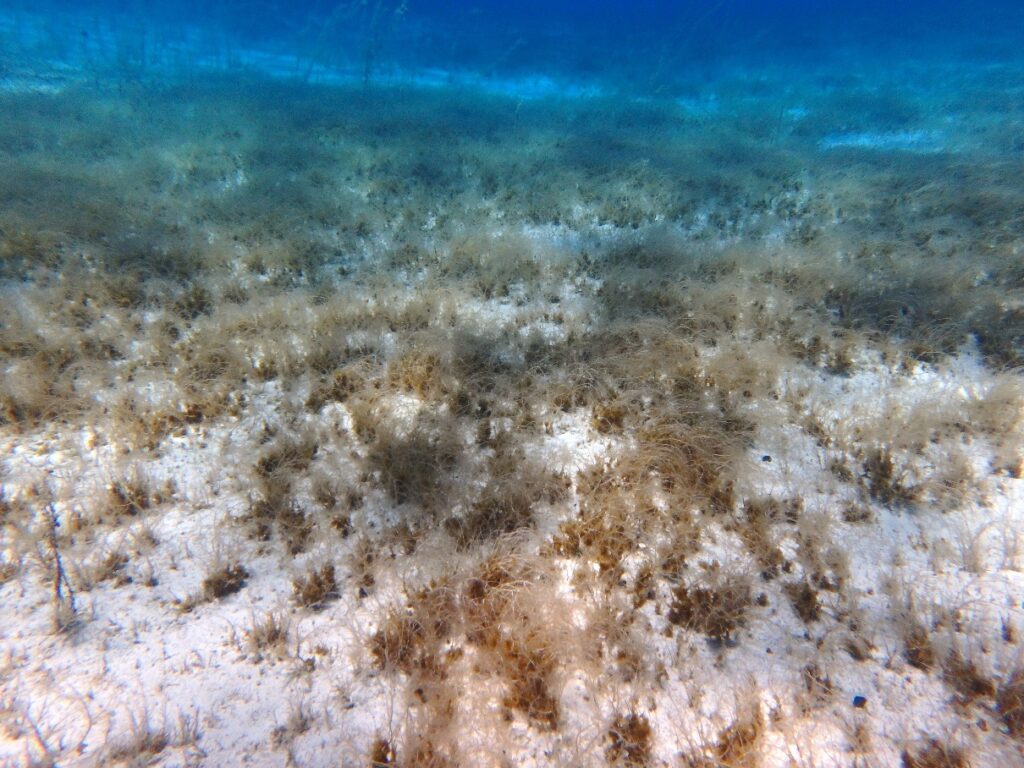
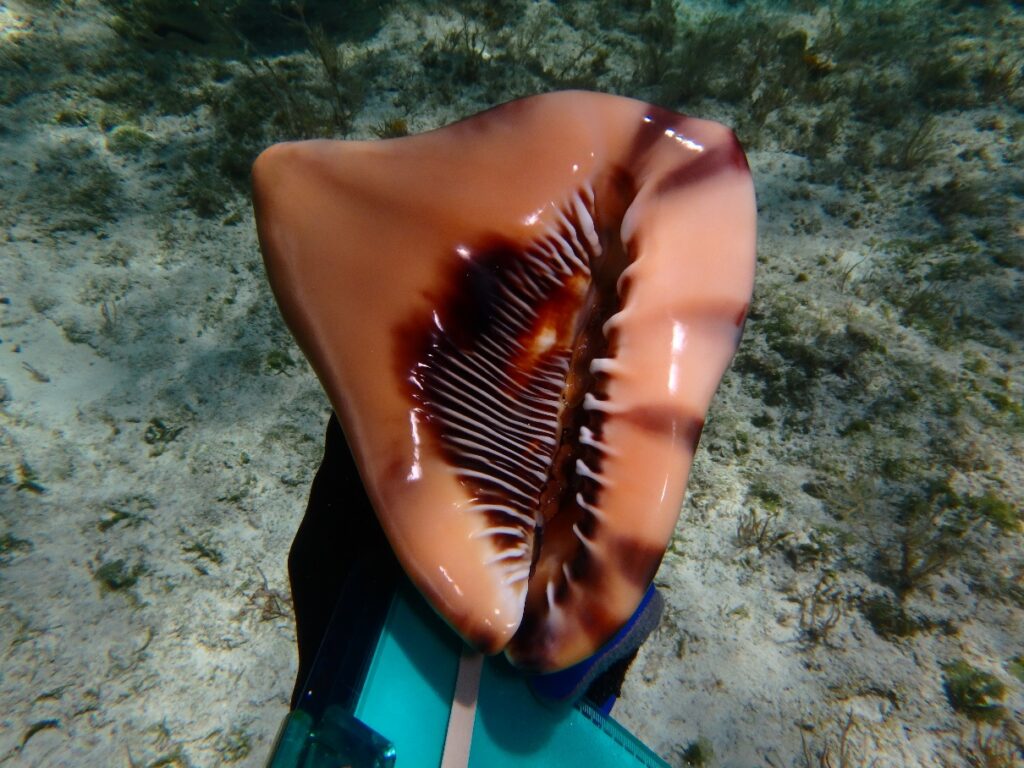
The area of marine resources directly affected by development will be up to 5.04 acres. Impacts associated with shading underneath the dock and pier structures have been included in the calculations, so the actual displacement of habitat will be less. The combined areas of individual coral and barrel sponges within this footprint is calculated to be 0.0152 acres. When a 75-foot secondary impact buffer is included, the project could potentially impact up to 0.145 acres of coral, of which 0.002 acres are considered endangered. Nearby patch reefs – which are considered to be in “Fair” condition based on AGRRA surveys – are outside of the project area by more than 500 feet and will not be directly impacted.
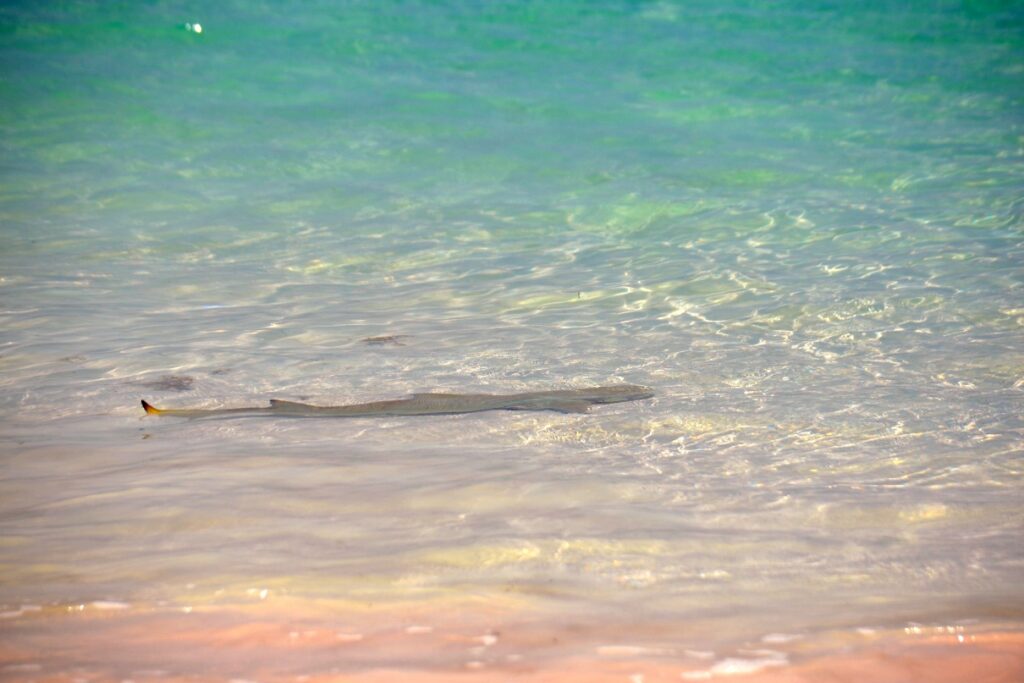
Disney Cruise Line will develop a coral relocation plan to move any protected corals and adult reef-building coral colonies within the development footprint and buffer zone. DCL has already implemented an ongoing, in-water AGRRA coral reef monitoring program, and will develop a new coral rehabilitation program in coordination with the Perry Institute’s Reef Rescue Network Program. Disney has a proven track record with coral relocation and restoration in The Bahamas. Best management practices will be implemented to minimize potential impacts to nearshore reefs and notable inshore hardbottom habitats during development and operation.
Overall, marine resources adjacent to Lighthouse Point included 11 benthic habitat types. Fish biomass consisted of 74 species of fish, including commercially important grouper and snapper. In addition, more than 60 other marine species including green sea turtles and hawksbill turtles, were observed. Site investigations noted the presence of what appeared to be suitable nesting habitat for sea turtles, but no evidence of any nesting was observed over the past three years. No significant spawning aggregations have been observed or revealed through literature searches and interviews, but investigations are ongoing.
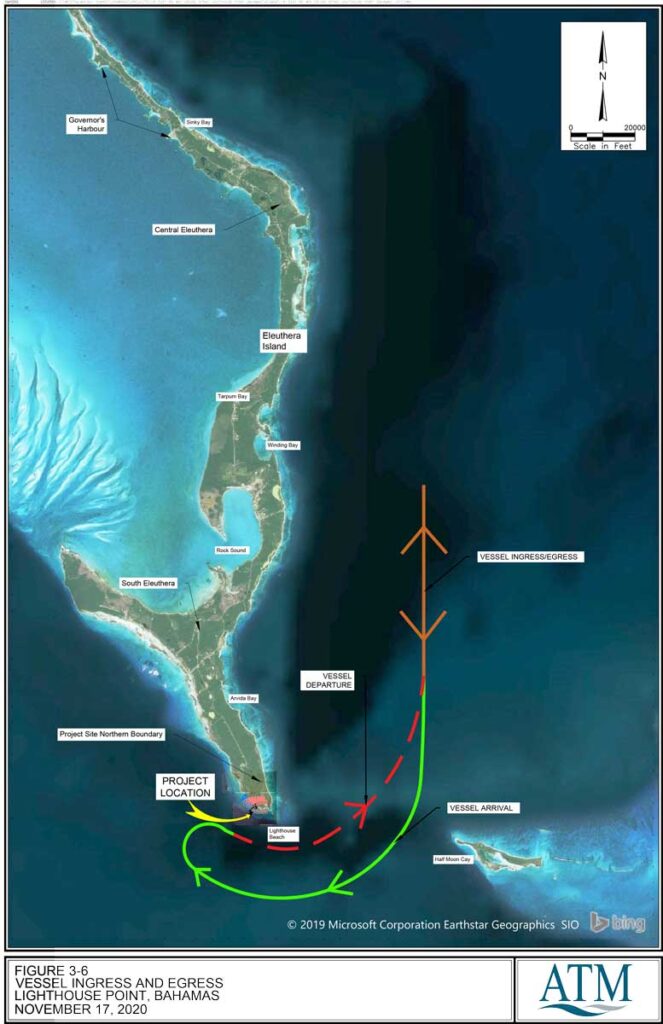

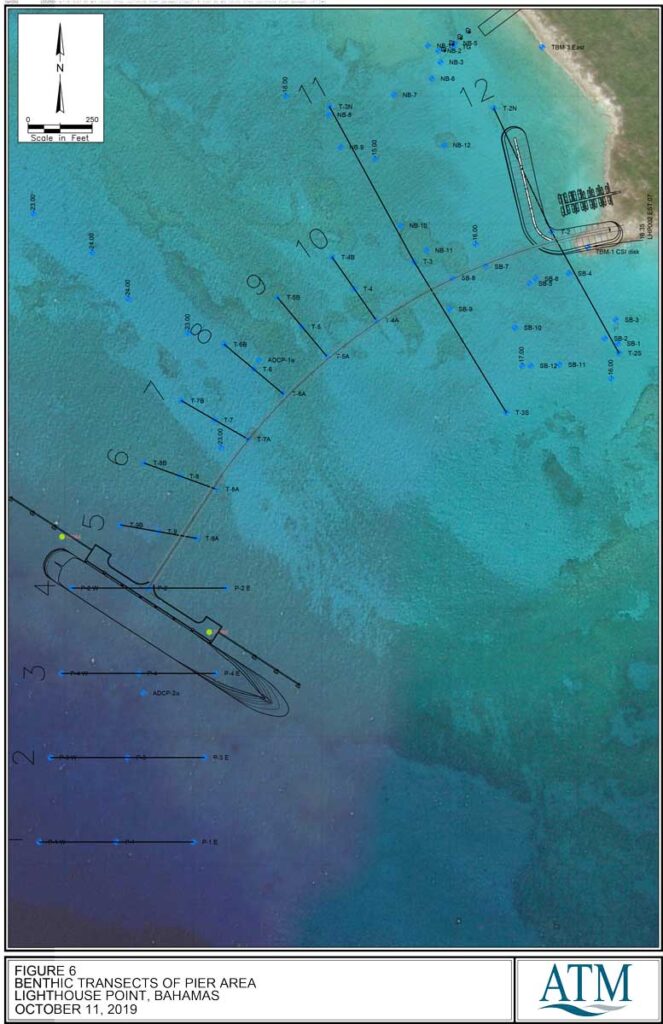
Sediment
An engineering analysis related to the design and placement of the open-trestle pier found that sediment transport will not be significantly interrupted along the shoreline by any pier structures or planned beach structures. Additionally, the small vessel marina will be located in an area that doesn’t have natural significant sand accumulation. The report found that no significant erosion or accretion of sand or sediments will occur from the development of the pier or beach access. As a safeguard, outlets will be designed to allow any sand transport and migrating fish to pass.
Climate Change
The project is not expected to have a material impact on climate change. DCL is employing sustainable building practices and there is not expected to be a loss of marine or terrestrial biodiversity as a result of the project. DCL plans to protect its significant investment in the project by using design and building techniques that will enable it to withstand impacts due to climate change.
Public Access, Environmental Education and Cultural Resources
During site investigations, ruins and rock walls built in the 1800s were identified in the northwest quadrant of the property. Development will avoid those areas and any others that may be uncovered when construction begins. Any and all mechanical activity onsite will adhere to protocols that address the potential for discovery of artifacts and their preservation. All cultural resources onsite will be assessed in coordination with the Antiquities, Monuments and Museums Corporation for their potential eligibility for inclusion in The Bahamas National Register of Historic Resources.
Disney Cruise Line will provide citizens and residents of The Bahamas with full access to the property for non-commercial purposes and will construct a public roadway through the Disney Donated Public Lands. Public beach access will be created along with amenities such as restrooms and parking. Access to the southernmost point of the property will be available.
Pedestrian nature trails with educational signage will allow the public and guests to see and learn about the area’s unique properties and natural beauty. Signage will also address reef-friendly sun protection measures and other environmental conservation messages. On-island interpretive educational programs will be provided for guests and Crew Members, highlighting the special wildlife found in Bahamian terrestrial and marine environments, especially at Lighthouse Point.
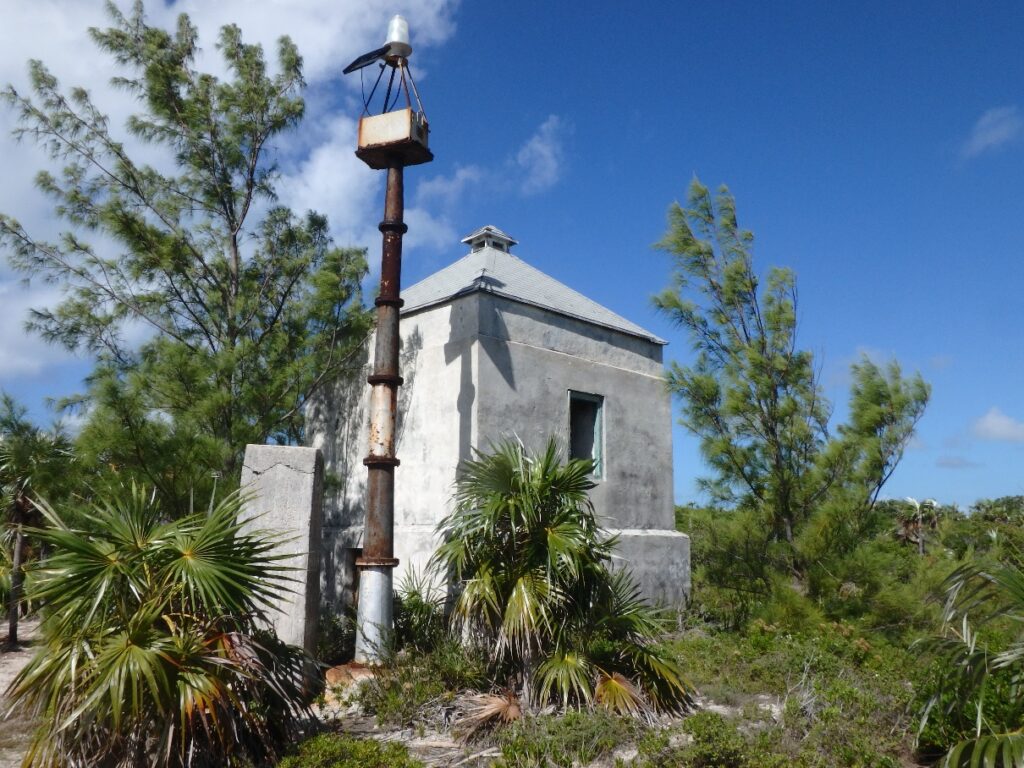

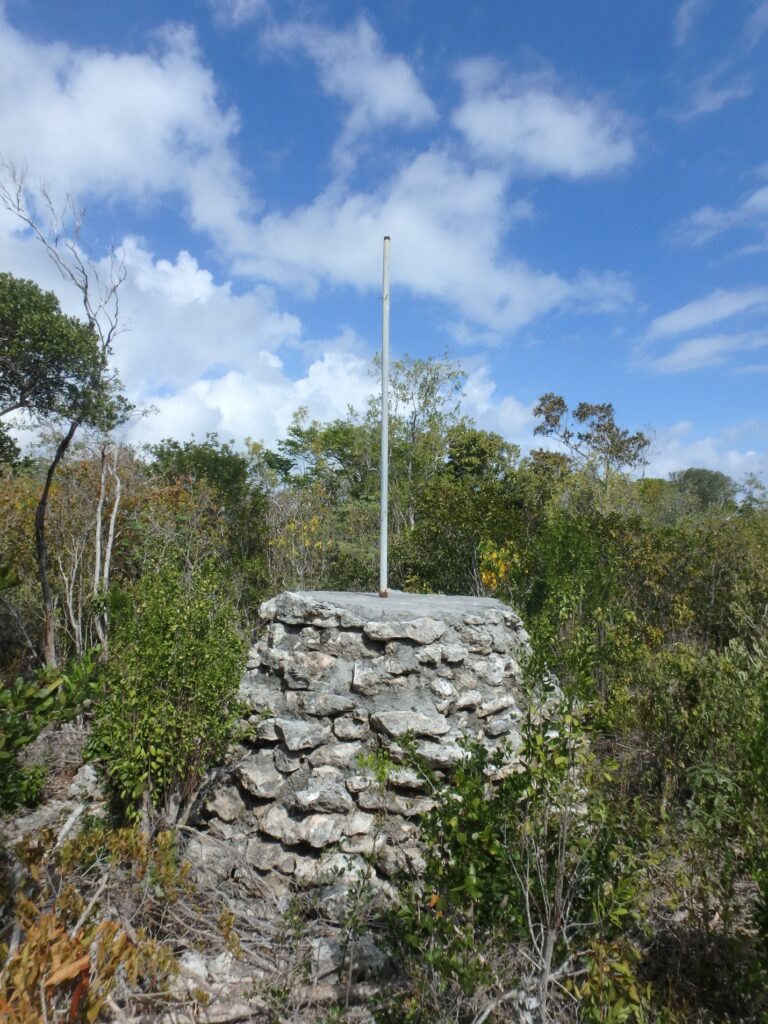
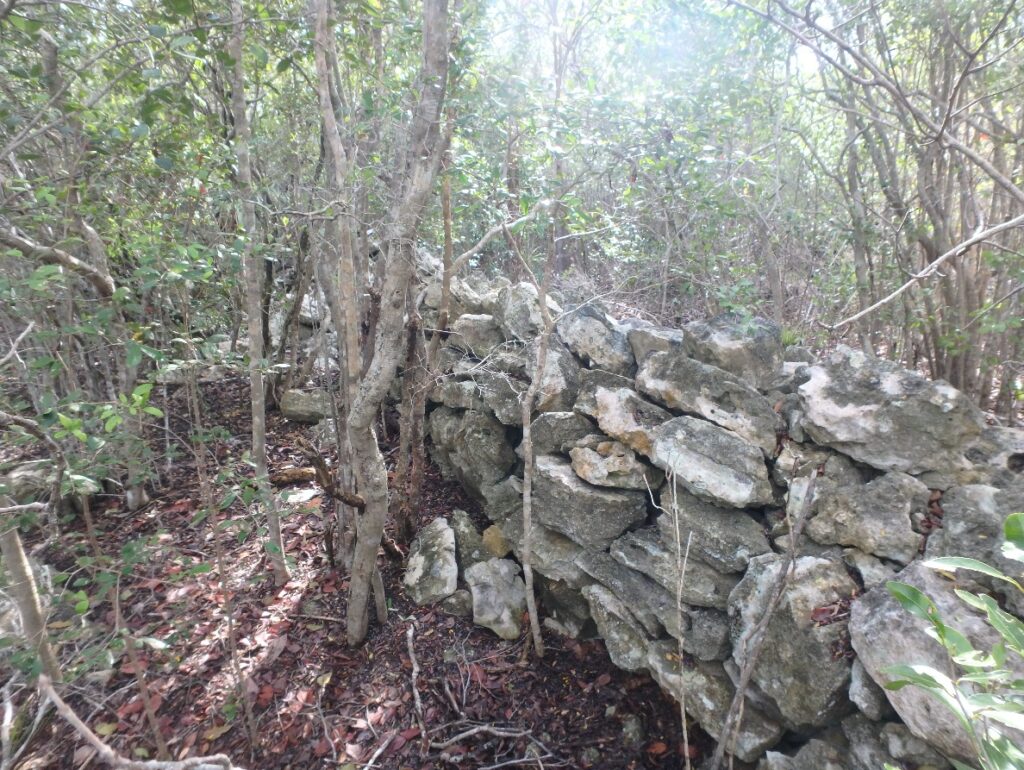
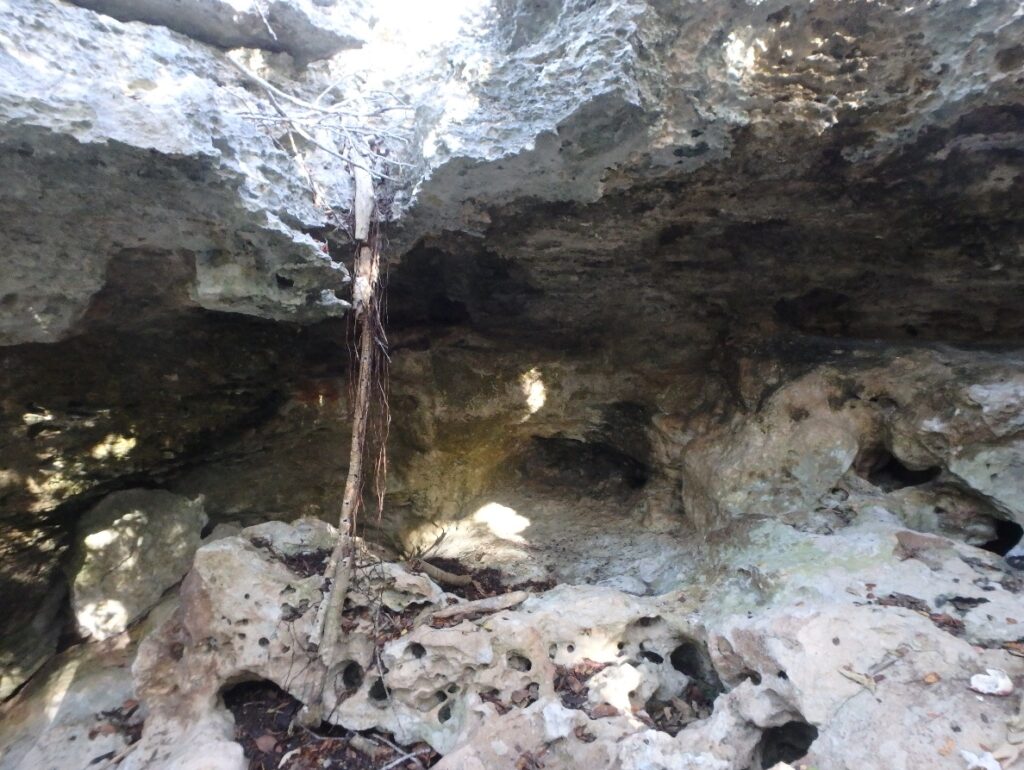
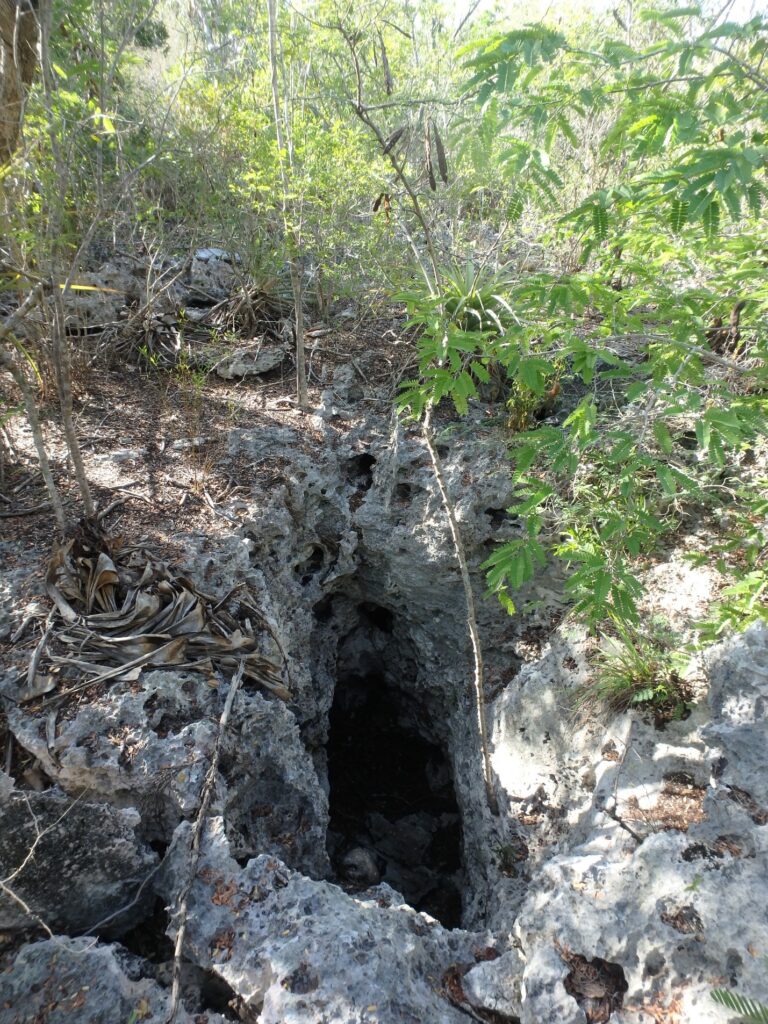
EIA Related Design Changes
Based on EIA findings, DCL has continued to evolve the project’s design. For example, surveys identified a number of protected trees and some cultural ruins in the northwest area of the property. As a result, the structures originally planned for that area have been relocated to the eastern side of the property. Additionally, when bird surveys identified a small wintering population of endangered piping plovers at a location along the southern shore of the property, the design was adjusted to avoid that area. Likewise, it was determined that the pier could be narrowed, reducing the potential impact on the marine environment by approximately 25 percent.
Economic and Community Impact
A study by Oxford Economic shows that over a 25-year time horizon, Disney’s project is conservatively expected to provide a more than $800 million increase in Bahamian GDP and a more than $355 million increase in Bahamian government revenues, exceeding concessions agreed to in the Heads of Agreement (HOA) between Disney Cruise Line and The Bahamas. Through the HOA, Disney has committed to creating economic opportunities for Bahamians, particularly in Eleuthera, and to strengthening the local community.
Public Consultation
DCL has met with hundreds of stakeholders in The Bahamas and engaged with numerous respected environmental and conservation organizations, such as The Bahamas National Trust, the Perry Institute for Marine Science and Sea Legacy, among others. The Government of The Bahamas – in particular The Bahamas Investment Authority and The Bahamas Department of Environmental Planning and Protection – provided valuable feedback and technical guidance regarding EIA requirements.
The EIA is available for review on the project’s website at https://www.lighthousepointbahamas.com. It is being released to the public as part of the consultation process. Details for the public meeting required as part of the EIA process are being finalized with the Government of The Bahamas. Information will be shared as soon as it is available, in line with public notice requirements.
The Bahamas Department of Environmental Planning & Protection (DEPP) requires Disney to submit all public comments and questions relating to the Lighthouse Point Environmental Impact Assessment (EIA) to DEPP for their information and consideration. By submitting your comments and questions related to the EIA to Disney via email, you consent to Disney providing the entire contents of your email (including your name, email address, and all other information contained in your email) to Disney’s contracted service provider(s) and to DEPP, and you acknowledge that any or all such information may be published by DEPP and/or become part of the public record. Your email will not be considered a valid comment to the EIA if it contains any language attempting to limit Disney’s obligation or ability to submit the entire contents of the email to DEPP through Disney’s contracted service provider(s).
If you live in The Bahamas and would like to submit feedback you can email BahamasLHPFeedback@disneycruise.com and for those that live outside of The Bahamas, please email GeneralLHPFeedback@disneycruise.com
In addition to the EIA, Disney released the following fact sheet:
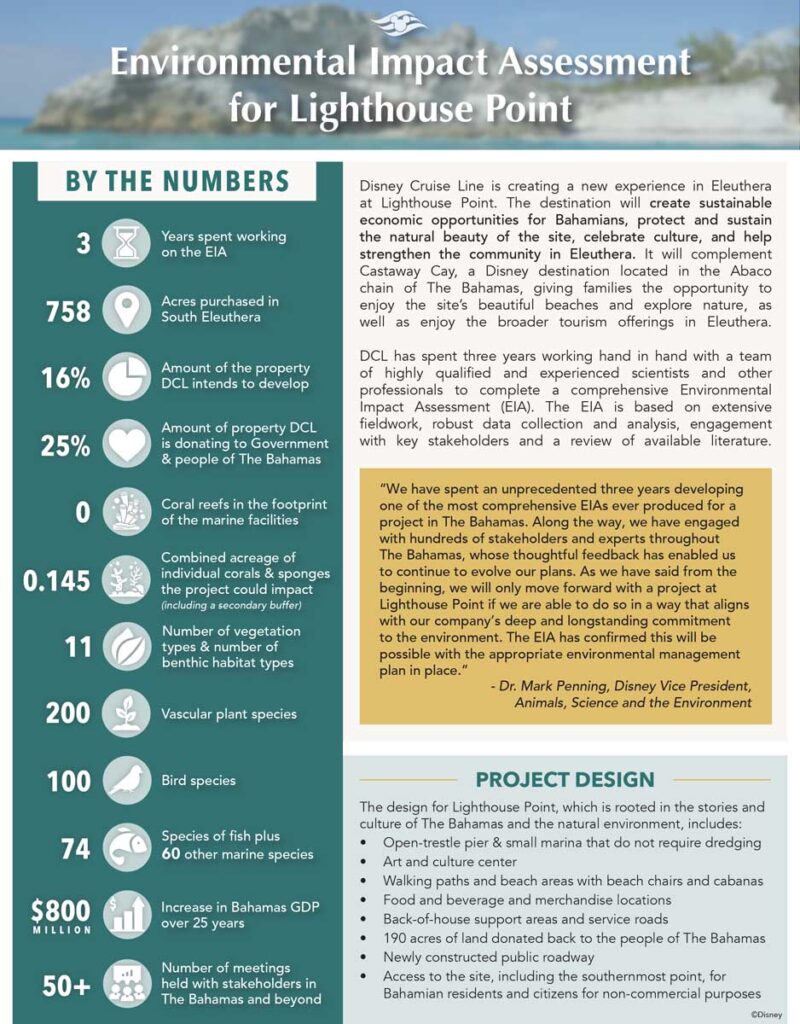
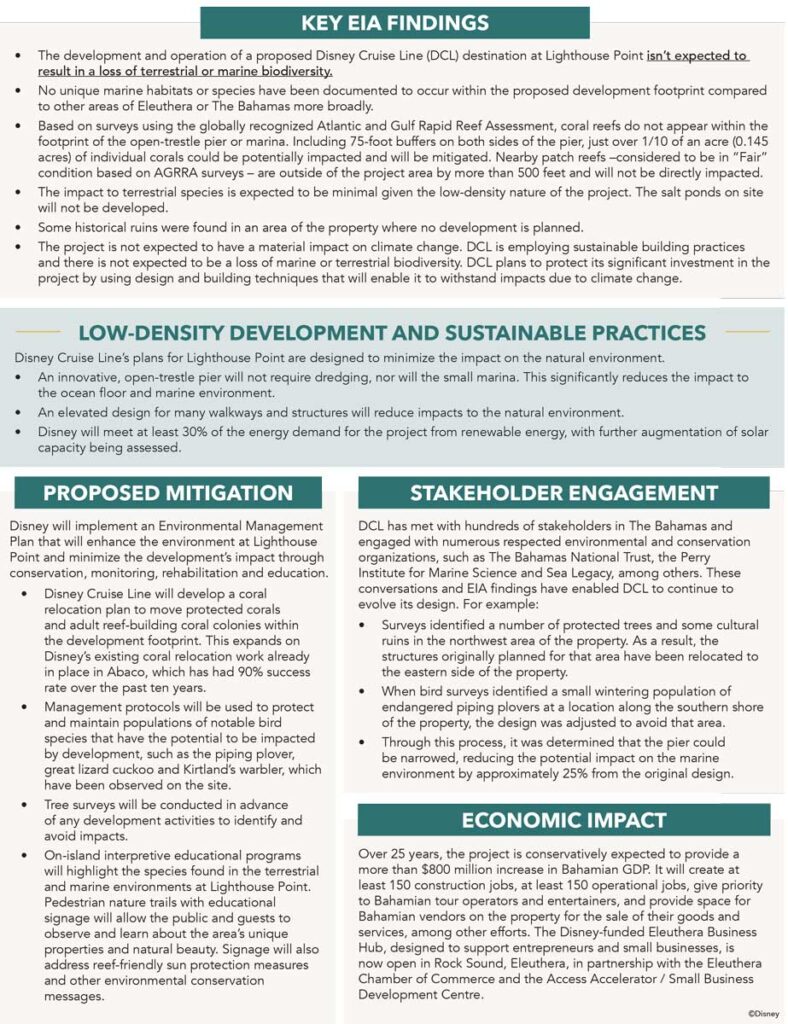
What others are saying
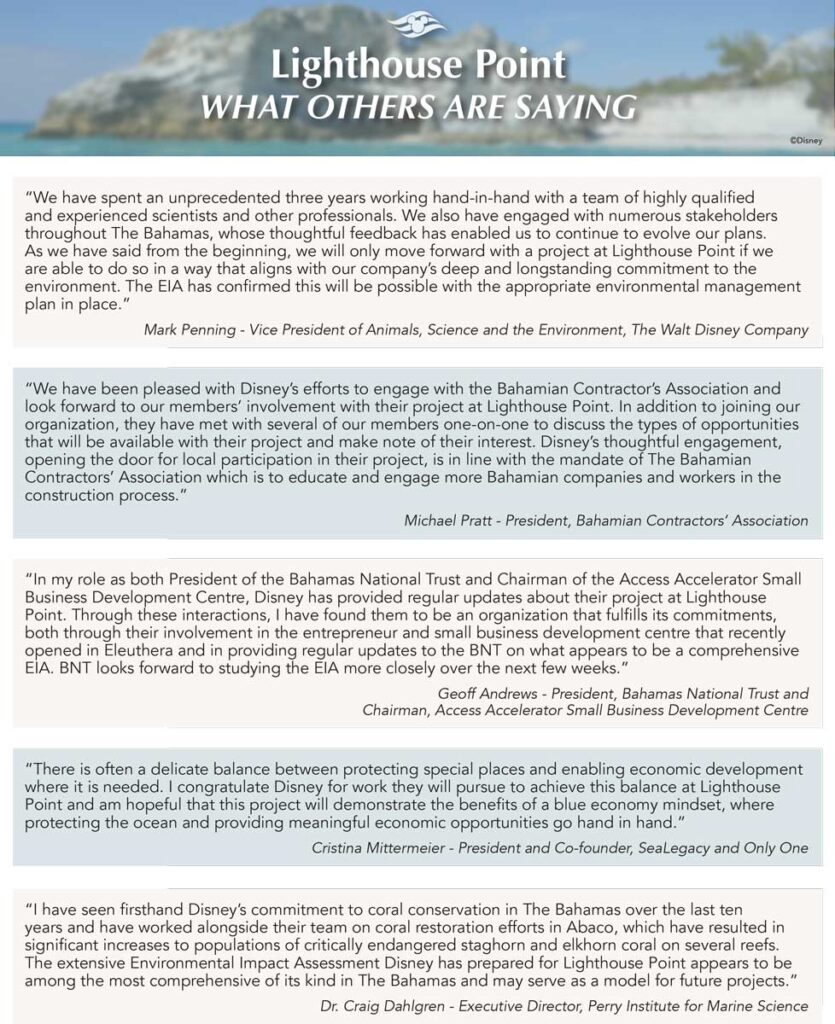

The complete 551 page Lighthouse Point Environmental Impact Assessment (EIA) is available to download here (full resolution version).
